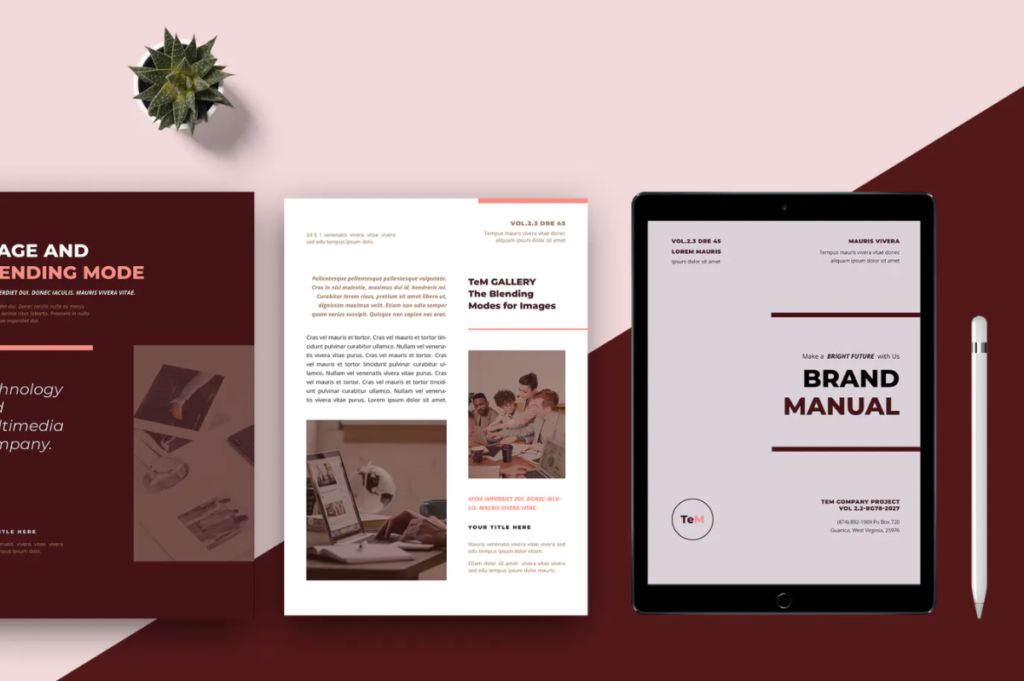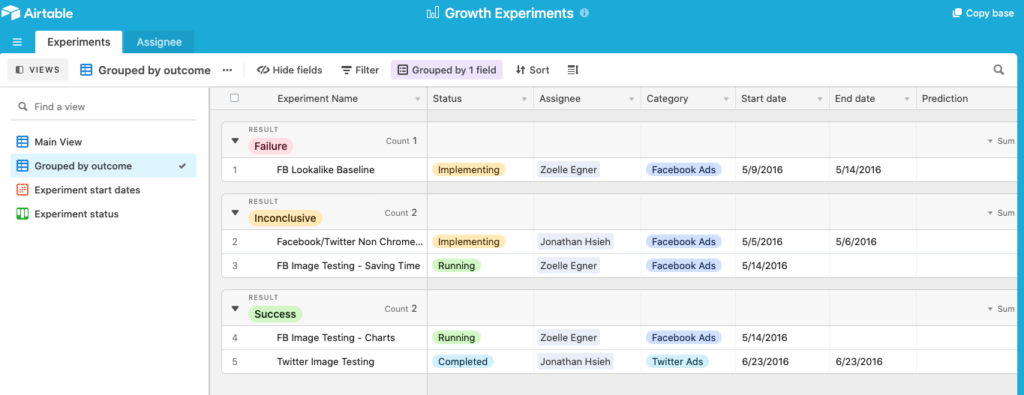This article focuses on how Architects can market residential services to potential clients. That said the wide range of services offered by architecture firms fit within this model of marketing analysis. The examples and data in this article, however, are geared toward marketing residential architectural services. The key takeaway is that you should know your client like the back of your hand through iterative testing.

We’ll also cover concrete tactics to bring awareness to your services and testing your offers and messaging.
- Customers: Define your customer
- Where are your customers?
- How do they want to interact with architects?
- Entry points for prospective clients
- Tell a story
- Test Everything

Customers: Define your customer, then redefine them.
Often businesses, Architects included, focus the majority of their attention on their products and not nearly enough attention on their customer. Marketing breaks down customers into Customer Segments. Examples of segments include age, gender, ethnicity, marital status, profession and interests.
For an Architect, maybe gender, age and ethnicity aren’t as great of indicators as profession, marital status and interests. Customer segments should always be separated by service.
An example of a clear Value Proposal attached to a customer segment would sound like this:
We are an architecture firm offering zoning analyses to young millionaires who have purchased land in the hills of Malibu.

This, however, is only the beginning. You still have to test this idea. If life were as easy as saying something is true, we’d all be swimming in money.
To evaluate whether this theory is true, you need to talk to these potential clients and find out if it’s true. You can of course cut out a lot of back and forth by looking for research data.
For Architects, the AIA, Census Bureau, municipal community planning and property departments and real estate agents become invaluable sources of information to stay on top of buying trends and reign in possible customer segment hypotheses.
Rocket Mortgage has put some wonderful statistics about home-buyers together that might give you some ideas.

Takeaways:
- 88% of homes are bought through a real-estate agent
- Single home-buyers are two times more likely to be women
- Median home-buying salary is upwards of $70,000
- 63% of homebuyers are married
Where are your customers?
Ideally, the answer jumps out at you. For example, sports fans are at sports games or fantasy sports-game forums. Housing is not so simple. We can make some assumptions about where to market architectural services.
Finding marketing channels for Architects
Homebuyers are usually of a certain age, marital status and income level. And that should clue us into where to find our customers. We could look for people with job titles attached to salaries that match our median home-buying statistic in areas adjacent to high rental rates and lots of commerce. We could narrow that down to married people and reach out to them online.
There are tons of ways to configure this. We could spend some time to think about physical locations like open houses or certain industry mixers.
Iterative testing of marketing channels for Architects
At this point, you have a hypothesis of who your client is and a sense of where you can reach them. So reach out to them and see if you were right. Maybe once you start asking questions you find out massage therapists don’t want to own a home. Time to adjust your customer hypothesis. It turns out married folks don’t go to mixers. Then it’s time to adjust your marketing channels.

How do they want to interact with Architects?
Marketing for Architects isn’t all that hard at a local level. In Redondo Beach, where I live, most architects have outdated websites. Most of them do however have analytics running.
So one of two things must be true. Websites don’t matter and their analytics have shown them this or they installed analytics and never took it seriously.
When thinking about their customers and the context in which they are present their architectural services, Architects direct how they interact with their customers seemingly without attention to the customer.
To do this right, an Architect should think about what emotional, social, and functional needs the client is looking to get out of the exchange. For instance:
- saving time
- reducing stress
- status
- guidance
Architects should be asking clients about their favorite way to interact, possible options include:
- lunches
- text messages
- links with helpful information
- phone calls
- in-office
- events or interesting outings
The how question for Architects trying to market effectively also extends to your impersonal interactions like the branding of your invoices, plans and other communications.

Creating entry points for potential clients
Where do your clients get ideas? Your future clients are defined and you can guess where they got their ideas from but you won’t truly know until you’ve done some research and verified the data with good old-fashioned door knocking.
Some possible options include:
- Real Estate Advertorials and Digital Ads
- Open Houses
- Houzz
- Home Advisor
- Zillow
- Magazines
- Blogs/ Online Articles
- Podcasts
These possibilities need to be tested and measured for their return on investment. Prioritize which activity will bring you the most return or prioritize which one is the least risky and get to work.
I like to put together spreadsheets for this kind of thing.

Storytelling
It’s a bit tiring to say this, but it’s worth mentioning. You need to tell a story. People are moved by their emotions and stories are the perfect vehicle to create emotions.
An architect’s ability to relay a story is in their ability to market themselves on social, newsletters and all other media being directed toward prospective clients.
Each piece of branded media should integrate with the other. For example, your email should have your website, Instagram and other profiles on it and each channel can be thought of as a scene to the potential client.
Create a brainstorm. Imagine you are at your retirement dinner and people are sharing their experiences of working with you. What do you want them to say? How do you exemplify those attributes?

Test Everything
The most important tip when it comes to marketing for Architects is to TEST EVERYTHING! Just like the layouts of a home can receive different reactions from a client, your marketing strategy will also receive different reactions.
So write out each of your theories about your clients and confirm them by reaching out and asking questions about what they think of your services, prices, their biggest hassles, their hopes until you know your customers. Then redefine your value proposition and customer segments with the input you’ve received and retest your hypotheses.
This iterative process will save you time and money. From your conversations with prospective clients, you’ll find out what they want to hear, where they go for information and how to communicate with them. This will save you money. It’s a million times better than going in blind with a marketing budget and no plan.
The Big Leagues
We all hope our reputation precedes us. It makes marketing unnecessary, but that sort of status is earned. And the only way to earn it is with great work and happy clients. First, you have to find those initial clients.
